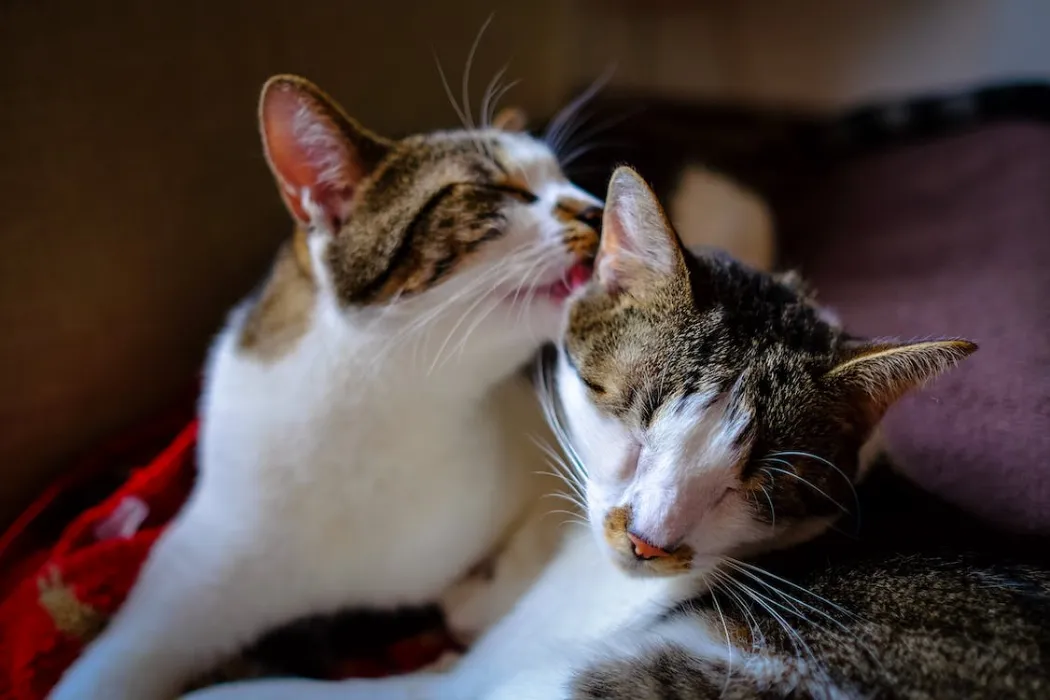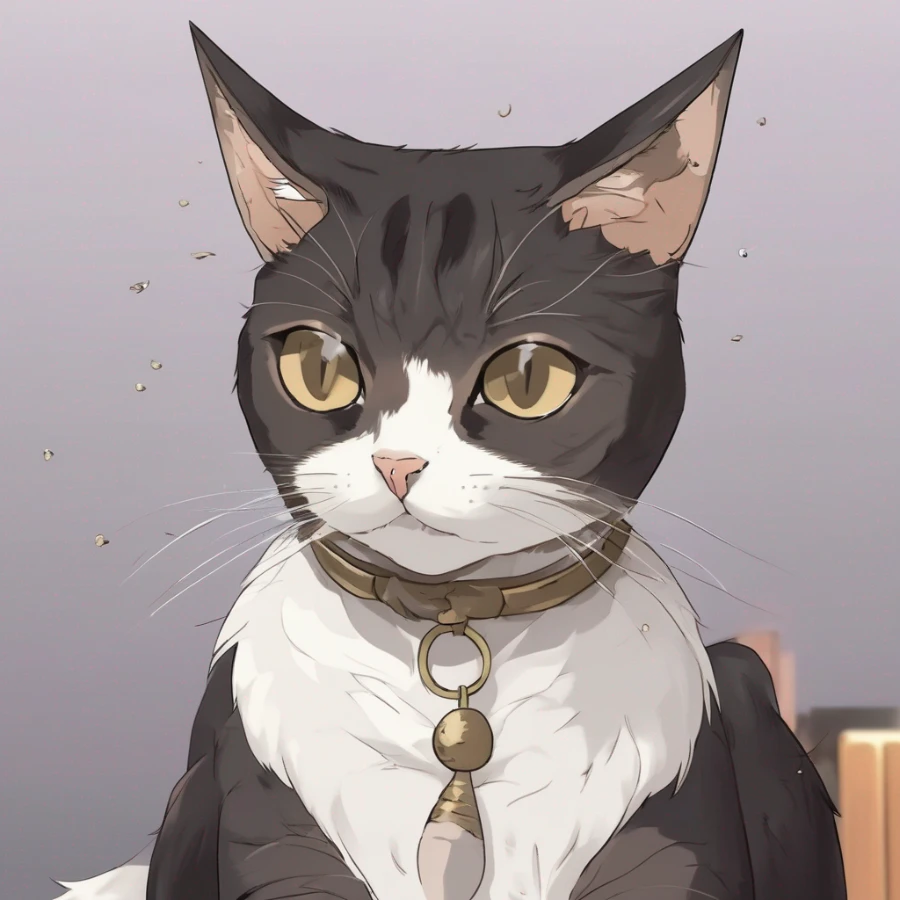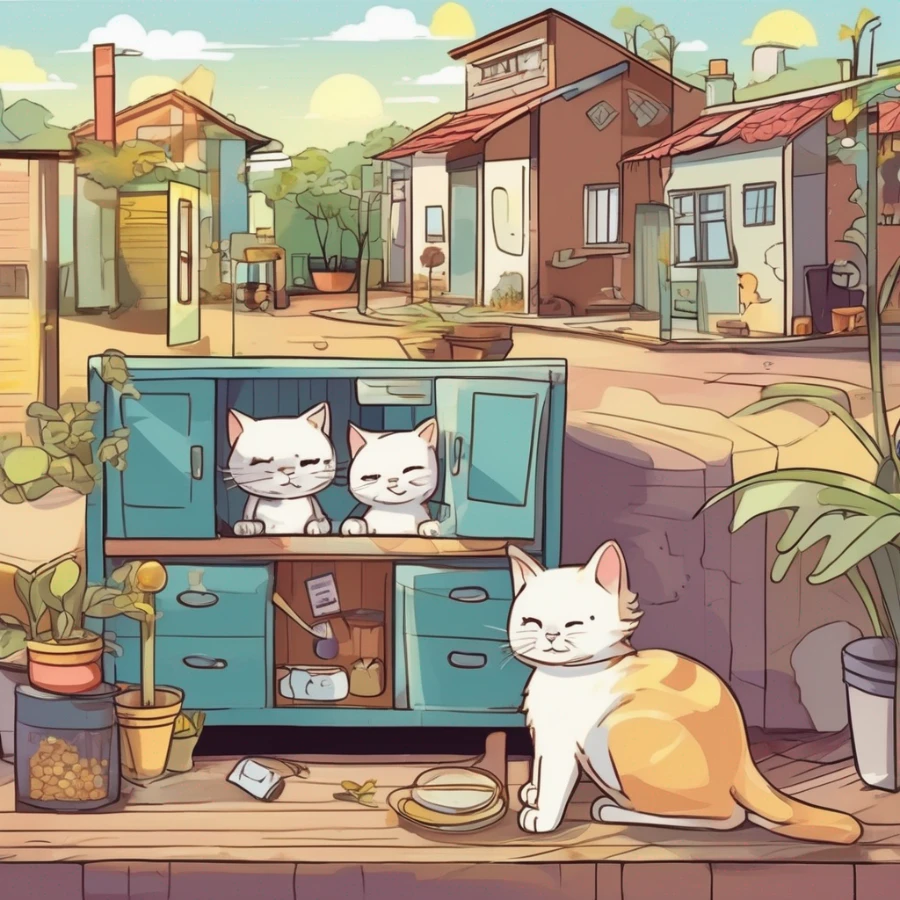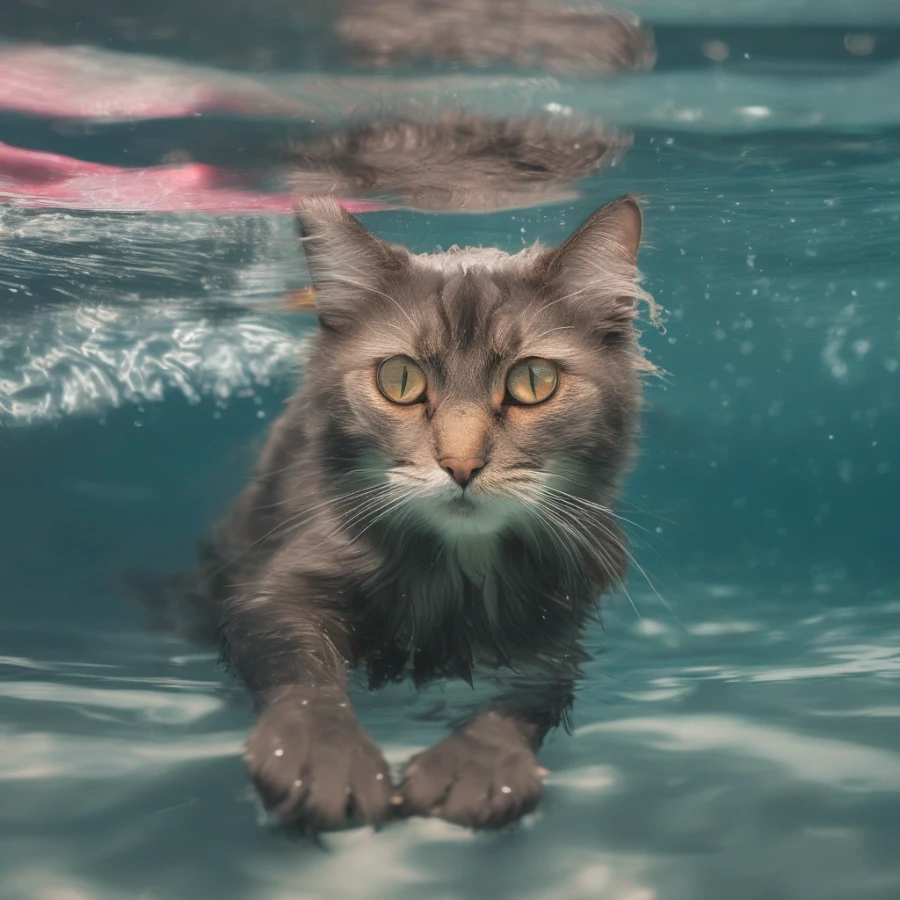Why Do Cats Lick Each Other

Published by: Tatsiana Korshik
Time to Read: 4 Min

Cats lick each other for several reasons, often related to social bonding, grooming, and communication within their feline social structure. Here are some common reasons why cats engage in mutual grooming:
Social Bonding: Cats in the same household, especially those that have a close relationship, engage in mutual grooming as a way to strengthen social bonds. Grooming each other helps reinforce their connection and can be a sign of friendship and trust.
Hierarchy and Dominance: In multi-cat households, grooming can also serve as a way to establish hierarchy and social structure. The dominant cat might groom the submissive cat as a display of authority.
Grooming Assistance: Cats might help each other clean hard-to-reach spots, like the back of the head or neck. This behavior is more common among cats that have a close relationship.
Soothing and Relaxation: Grooming can have a soothing effect on both the cat being groomed and the one doing the grooming. It can help reduce stress and create a sense of relaxation.
Scent Exchange: Cats have scent glands on their faces, and licking transfers their scent to other cats. This helps spread the scent of the group, contributing to a communal scent profile that identifies them as part of the same social unit.
Social Communication: Grooming can also serve as a form of communication. It's a way for cats to convey affection, comfort, and acceptance to one another.
Post-Conflict Resolution: After a minor disagreement or conflict, cats might engage in grooming to restore harmony and reaffirm their relationship.
Maternal Grooming: Mother cats groom their kittens not only to keep them clean but also to stimulate them and bond with them. Kittens might carry this behavior into adulthood as a way to express affection.
Mutual Grooming: A Trust Indicator: Mutual grooming is often a sign of trust and closeness. Cats are meticulous about their grooming habits, and allowing another cat to groom them signifies a level of comfort and acceptance.
It's important to note that not all cats will engage in mutual grooming. Some cats might not be as socially inclined, or their personalities might not align with this behavior. If you observe cats grooming each other, it's generally a positive sign of their relationship and social dynamics within the group.
Mutual grooming serves as a way for cats to exchange scents. Through licking, they spread their scent, creating a communal scent profile that identifies them as part of the same social group. This helps maintain group cohesion and reduce tension.
Furthermore, mutual grooming often indicates trust and social bonding among cats. It's a display of affection, helping them reinforce their social relationships and establish their place within the group hierarchy.
However, in some cases, mutual grooming can be related to establishing dominance within a multi-cat household. The dominant cat might initiate grooming sessions with the submissive cat as a display of authority. This dynamic can sometimes lead to conflict if the submissive cat challenges the dominant one.
There's also the possibility of playful behavior turning into mock grooming that escalates into play-fighting. One cat might start grooming the other and suddenly pounce or swat, turning the interaction into a playful tussle.
Sometimes, miscommunication can lead to aggression. Cats might misinterpret each other's signals during grooming, triggering an aggressive response. Overstimulation during grooming, especially of sensitive areas, can lead to aggression as well.
Additionally, redirected aggression might occur. If a cat is already agitated due to an external stimulus, the grooming interaction might trigger redirected aggression afterward.
Observing the context and body language during these interactions is crucial. If the grooming and subsequent fighting become excessively aggressive or frequent, it might indicate tension or social issues within the group. Creating a harmonious environment with sufficient resources and seeking advice from professionals can help address the underlying causes of aggression if necessary.
In the context of cats, mutual grooming and licking often serve more as a way to express friendship, trust, and affiliation within a social group. Cats that are closely bonded, whether they are related or have spent significant time together, might engage in mutual grooming to reinforce their connection. This behavior helps create a communal scent profile and strengthens their social relationship.
Cats have complex social dynamics that can involve both hierarchical and affiliative behaviors. Dominance and submission might come into play in multi-cat households, but cats tend to use other behaviors like body language, posture, and vocalizations to establish dominance rather than just licking.
If you're observing certain behaviors between cats that you're interpreting as dominance-related, it's essential to consider the broader context and the cats' overall interactions. Dominance is just one aspect of feline behavior, and it's usually not the primary motivation behind grooming or licking interactions.
Social Bonding: Cats in the same household, especially those that have a close relationship, engage in mutual grooming as a way to strengthen social bonds. Grooming each other helps reinforce their connection and can be a sign of friendship and trust.
Hierarchy and Dominance: In multi-cat households, grooming can also serve as a way to establish hierarchy and social structure. The dominant cat might groom the submissive cat as a display of authority.
Grooming Assistance: Cats might help each other clean hard-to-reach spots, like the back of the head or neck. This behavior is more common among cats that have a close relationship.
Soothing and Relaxation: Grooming can have a soothing effect on both the cat being groomed and the one doing the grooming. It can help reduce stress and create a sense of relaxation.
Scent Exchange: Cats have scent glands on their faces, and licking transfers their scent to other cats. This helps spread the scent of the group, contributing to a communal scent profile that identifies them as part of the same social unit.
Social Communication: Grooming can also serve as a form of communication. It's a way for cats to convey affection, comfort, and acceptance to one another.
Post-Conflict Resolution: After a minor disagreement or conflict, cats might engage in grooming to restore harmony and reaffirm their relationship.
Maternal Grooming: Mother cats groom their kittens not only to keep them clean but also to stimulate them and bond with them. Kittens might carry this behavior into adulthood as a way to express affection.
Mutual Grooming: A Trust Indicator: Mutual grooming is often a sign of trust and closeness. Cats are meticulous about their grooming habits, and allowing another cat to groom them signifies a level of comfort and acceptance.
It's important to note that not all cats will engage in mutual grooming. Some cats might not be as socially inclined, or their personalities might not align with this behavior. If you observe cats grooming each other, it's generally a positive sign of their relationship and social dynamics within the group.
why do cats lick each other and then fight
Cats licking each other followed by fighting might seem contradictory, but it can actually be part of their complex social interactions. This behavior can be attributed to a variety of factors.Mutual grooming serves as a way for cats to exchange scents. Through licking, they spread their scent, creating a communal scent profile that identifies them as part of the same social group. This helps maintain group cohesion and reduce tension.
Furthermore, mutual grooming often indicates trust and social bonding among cats. It's a display of affection, helping them reinforce their social relationships and establish their place within the group hierarchy.
However, in some cases, mutual grooming can be related to establishing dominance within a multi-cat household. The dominant cat might initiate grooming sessions with the submissive cat as a display of authority. This dynamic can sometimes lead to conflict if the submissive cat challenges the dominant one.
There's also the possibility of playful behavior turning into mock grooming that escalates into play-fighting. One cat might start grooming the other and suddenly pounce or swat, turning the interaction into a playful tussle.
Sometimes, miscommunication can lead to aggression. Cats might misinterpret each other's signals during grooming, triggering an aggressive response. Overstimulation during grooming, especially of sensitive areas, can lead to aggression as well.
Additionally, redirected aggression might occur. If a cat is already agitated due to an external stimulus, the grooming interaction might trigger redirected aggression afterward.
Observing the context and body language during these interactions is crucial. If the grooming and subsequent fighting become excessively aggressive or frequent, it might indicate tension or social issues within the group. Creating a harmonious environment with sufficient resources and seeking advice from professionals can help address the underlying causes of aggression if necessary.
do cats lick to show dominance
Cats can lick to establish and reinforce social bonds, rather than primarily using licking as a display of dominance. While dominance behaviors can be observed among cats, licking is not typically a direct means of showing dominance in the same way it might be in some other animal species.In the context of cats, mutual grooming and licking often serve more as a way to express friendship, trust, and affiliation within a social group. Cats that are closely bonded, whether they are related or have spent significant time together, might engage in mutual grooming to reinforce their connection. This behavior helps create a communal scent profile and strengthens their social relationship.
Cats have complex social dynamics that can involve both hierarchical and affiliative behaviors. Dominance and submission might come into play in multi-cat households, but cats tend to use other behaviors like body language, posture, and vocalizations to establish dominance rather than just licking.
If you're observing certain behaviors between cats that you're interpreting as dominance-related, it's essential to consider the broader context and the cats' overall interactions. Dominance is just one aspect of feline behavior, and it's usually not the primary motivation behind grooming or licking interactions.



